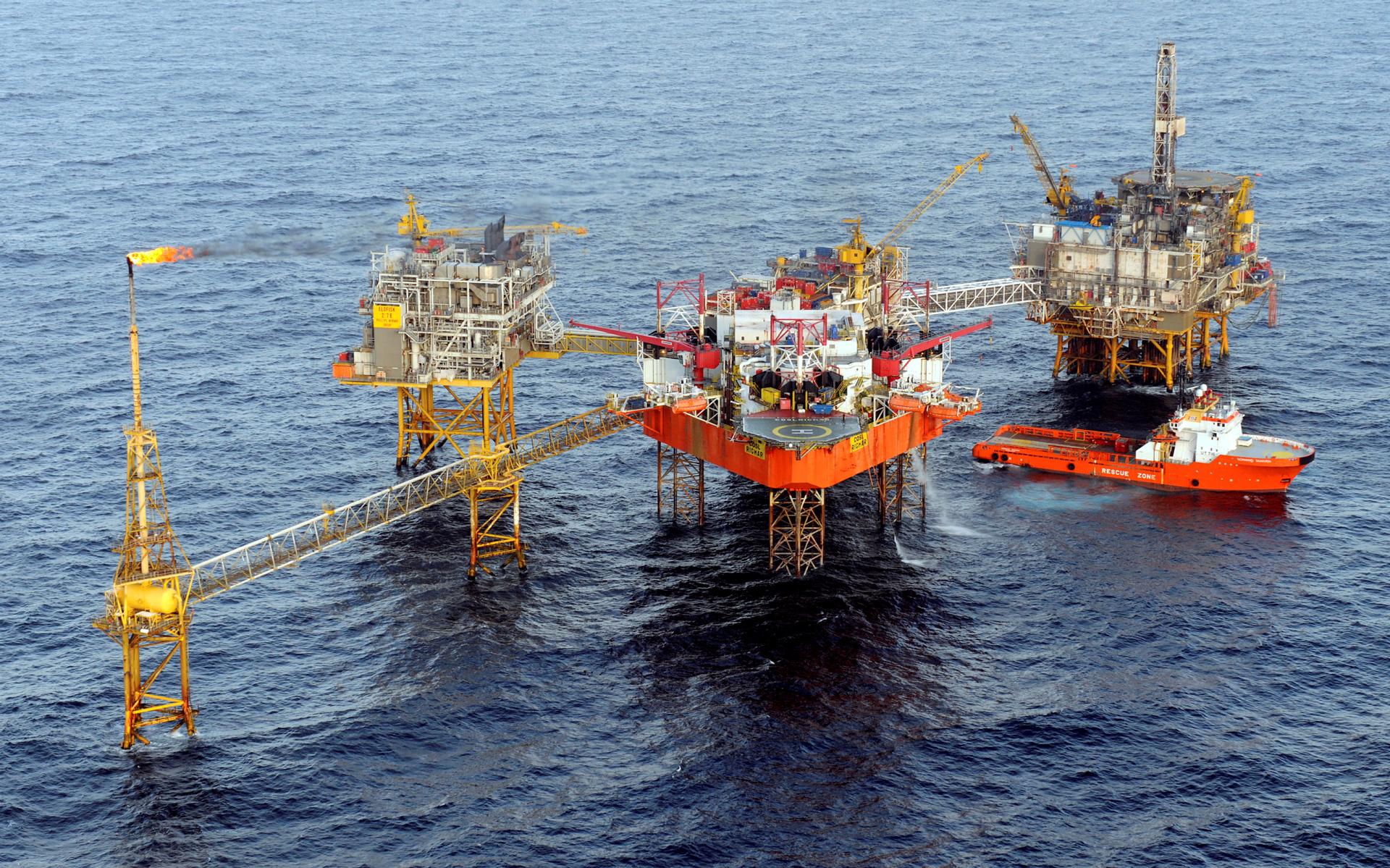PRODUCTION FROM THE FIELD
Source: Norwegian Offshore Directorate
Print illustration Download data PRODUCTION FROM THE FIELD Download PDF Download as image (PNG)
High Contrast Mode
Development
Eldfisk is a field in the southern part of the Norwegian sector in the North Sea, 10 kilometres south of the Ekofisk field. The water depth is 70 metres. Eldfisk was discovered in 1970, and the plan for development and operation (PDO) was approved in 1975. The field comprises three structures: Alpha, Bravo and Eldfisk East. The initial development consisted of three facilities: Eldfisk B (a combined drilling, wellhead and process facility), and Eldfisk A and Eldfisk FTP (wellhead and process facilities). The production started in 1979. A PDO for water injection was approved in 1997, and the injection facility Eldfisk E was installed in 1999. This facility also provides some the water to Ekofisk K for injection on the Ekofisk field. A PDO for Eldfisk II was approved in 2011, and included a new integrated facility, Eldfisk S, connected by bridge to Eldfisk E. The production from Eldfisk S started in 2015. This facility replaces several functions of Eldfisk A and Eldfisk FTP. Eldfisk A is converted into a wellhead platform and Eldfisk FTP is used as bridge-support facility. The Embla field, located south of Eldfisk, is tied to Eldfisk S. An amended PDO for the subsea development of the northern part of the Bravo structure, Eldfisk North, was approved in 2022.Reservoir
Eldfisk produces oil from chalk of Late Cretaceous and early Paleocene age in the Hod, Tor and Ekofisk Formations. The reservoir rock has high porosity, but low permeability. Natural fracturing allows the reservoir fluids to flow more easily. The reservoirs are at depths of 2700-2900 metres.Recovery strategy
Eldfisk was originally produced by pressure depletion. In 1999, water injection was implemented through horizontal injection wells. Pressure depletion and the water weakening effect have caused reservoir compaction, which in turn has resulted in several metres of seabed subsidence. The Eldfisk II project extends waterflooding on the field.Transport
Oil and gas are sent to the export pipelines via the Ekofisk Centre. Gas from the Ekofisk area is transported via the Norpipe gas pipeline to Emden in Germany, while the oil is sent via the Norpipe oil pipeline to Teesside in the UK.Status
Drilling of additional wells on Eldfisk is continuing. Drilling targets are also being matured in the eastern structure, Eldfisk East. Production from Eldfisk North started in 2024, and further development of the structure is ongoing. Coiled tubing drilling (CTD) is being considered for injection wells on Eldfisk S, after the technical success of CTD executed on Ekofisk injectors.ACCRUED INVESTMENTS IN NOMINAL NOK
Source: Norwegian Offshore Directorate
Print illustration Download data ACCRUED INVESTMENTS IN NOMINAL NOK Download PDF Download as image (PNG)
High Contrast Mode
NORWEGIAN OFFSHORE DIRECTORATE'S CURRENT RESOURCE ESTIMATES
All numbers in mill. Sm3 o.e.
Print table Download data NORWEGIAN OFFSHORE DIRECTORATE'S CURRENT RESOURCE ESTIMATES
High Contrast Mode
Visit the Norwegian Offshore Directorate's fact pages for more information
